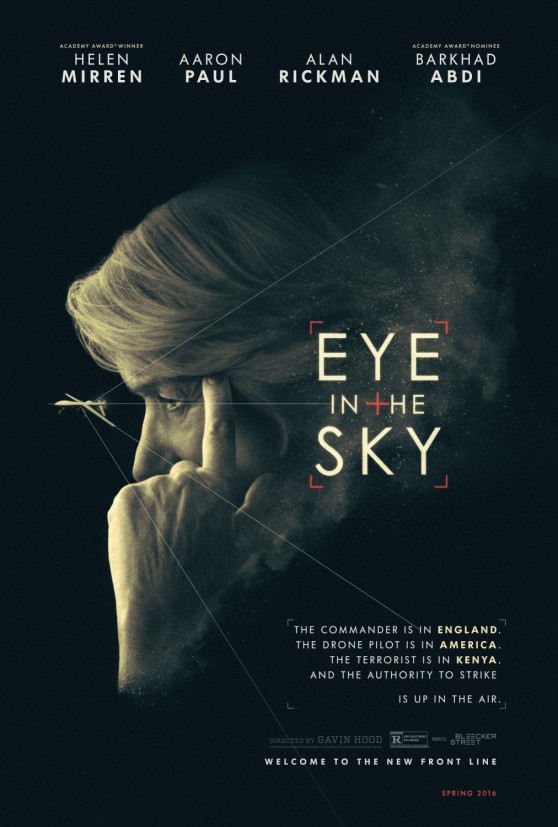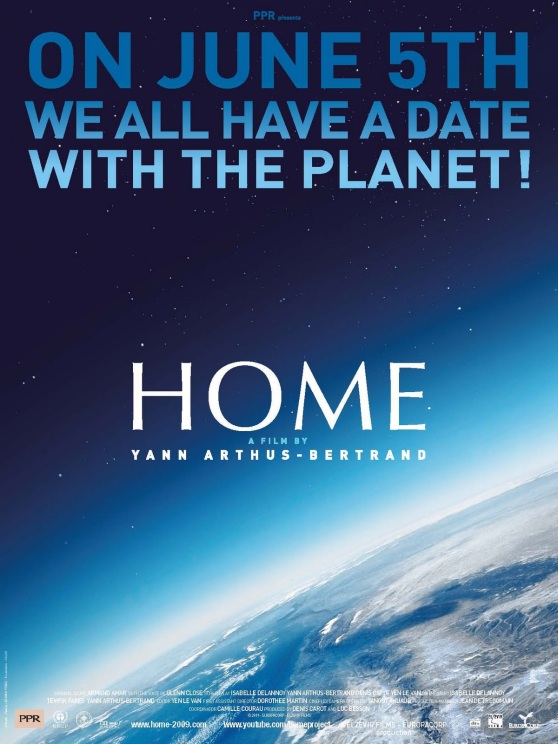timespace coordinates: 1994 > early 2000’s > modern-day Mumbai, Mombasa, Kenya, Dubai, Croatia

A policeman, a criminal overlord, a Bollywood film star, politicians, cultists, spies, and terrorists — the lives of the privileged, the famous, the wretched, and the bloodthirsty interweave with cataclysmic consequences amid the chaos of modern-day Mumbai. The series is based on the critically-acclaimed best-selling novel Sacred Games by author Vikram Chandra. (rottentomatoes)
The title sequence, logo, and title designs were designed by graphic designer Aniruddh Mehta and Mumbai-based motion lab Plexus, who drew inspiration from the Hindu mythology for the designs. Mehta said that each emblem was a contemporary take on “stories from ancient Hindu scriptures, mandala‘s, mixing modern design elements with characters from the Indus Valley Civilization” that were derived from the episode titles. (wiki)
imdb / 706
















